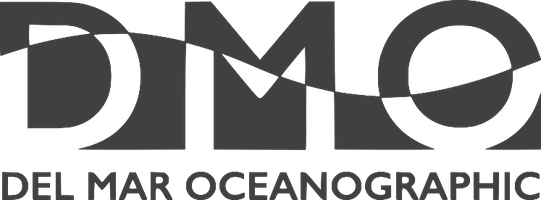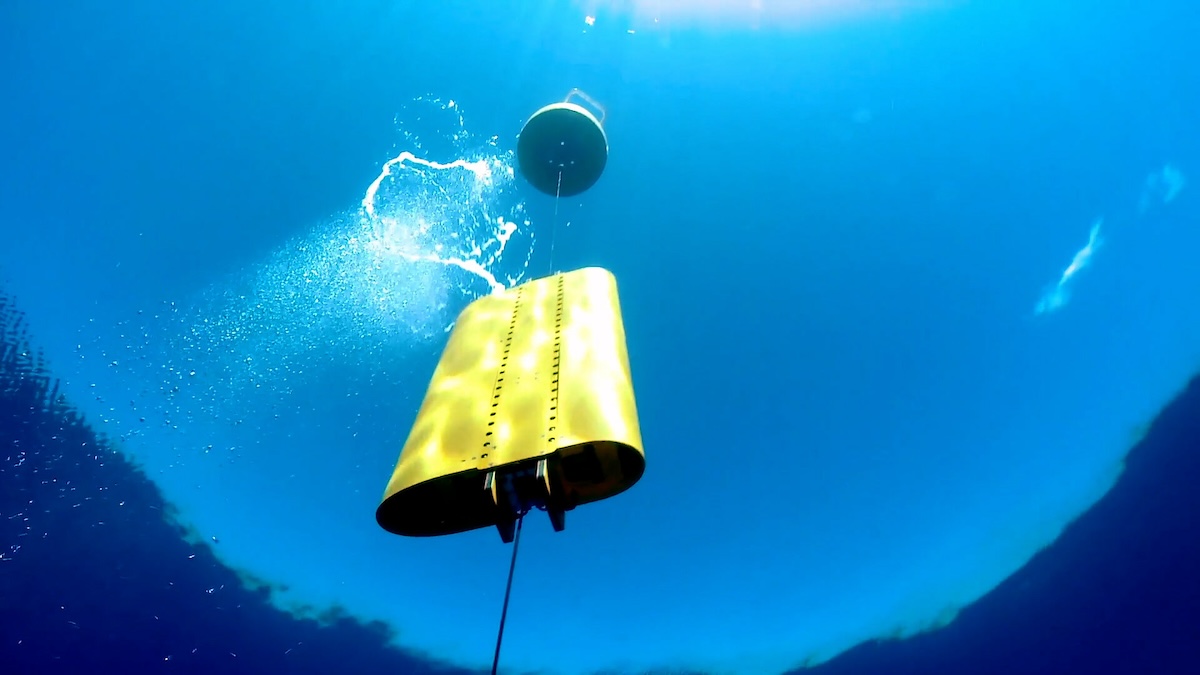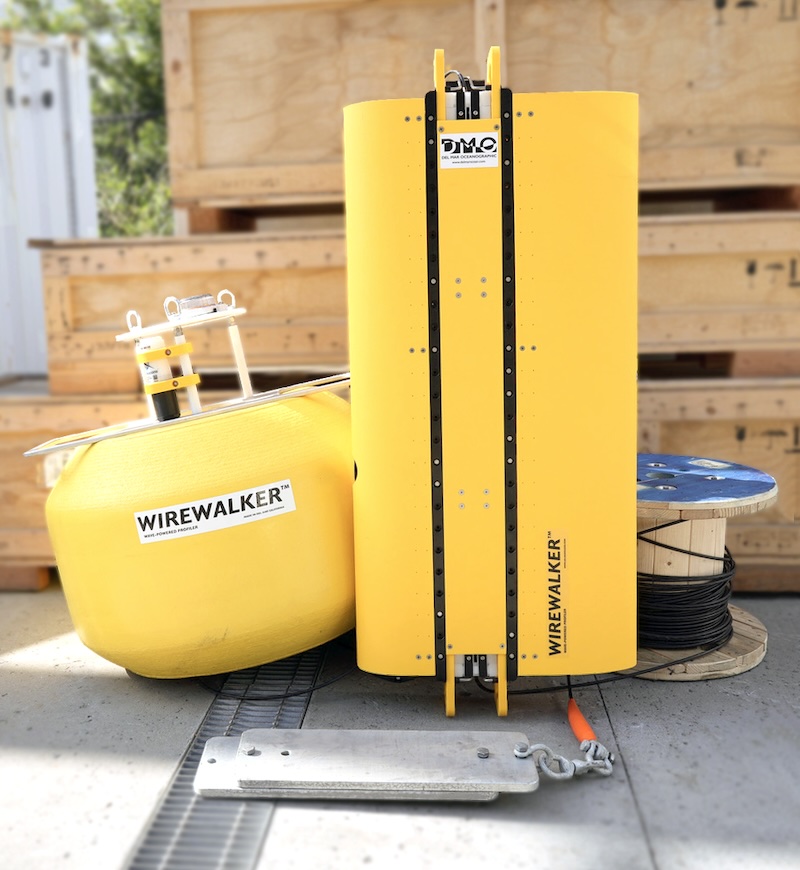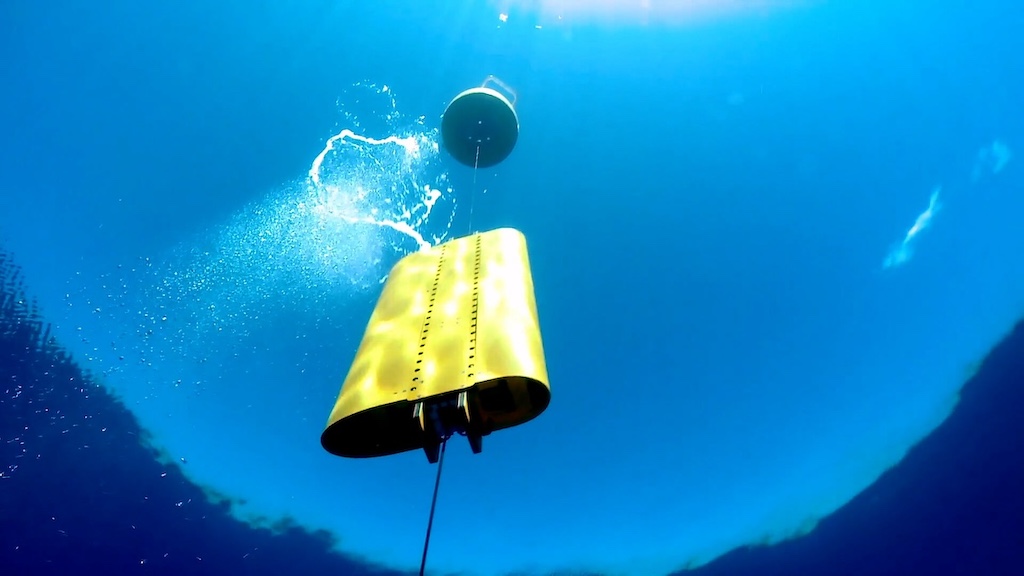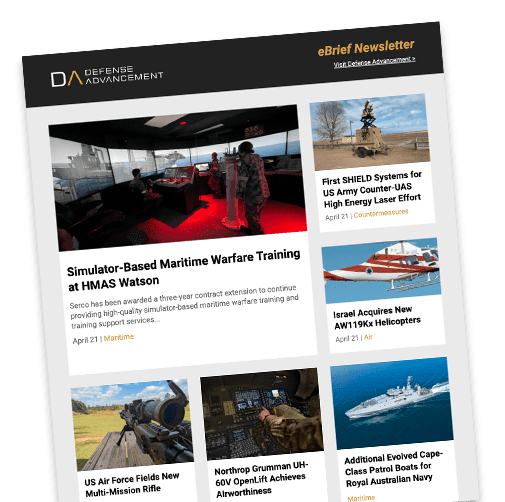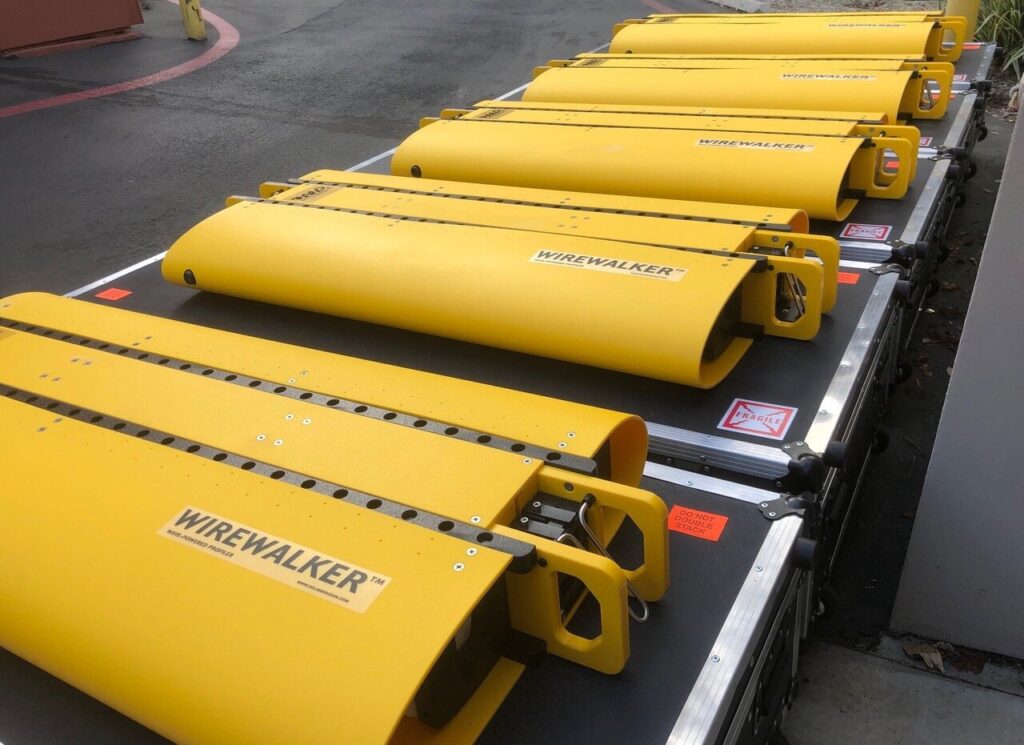
Chris Kontoes, Sales Director at Del Mar Oceanographic discusses high-resolution profiling solutions, highlighting the Wirewalker’s innovative approach to ocean observation, its advantages over traditional moorings, and emerging trends in autonomous ocean monitoring.
Can you provide an overview of Del Mar Oceanographic and its core mission in advancing ocean science technology?
Del Mar Oceanographic (DMO) is dedicated to revolutionizing oceanographic research by providing sustainable, efficient, and high-resolution profiling solutions. Our mission is to enable ocean observers to monitor the water column of the upper ocean in high-resolution, free from power limitations. The Wirewalker approaches this mission by using waves to power its vertical mobility.
As a sensor platform truly “built by oceanographers for oceanographers,” the Wirewalker has been reimagined and refined over the past two decades. The current design enables the use of a fully customizable and agnostic sensor suite, an ultra robust and field proven design, and efficiency in profiling that allows collection of unmatched vertical and temporal resolution. It’s our goal to help our users obtain an actual, accurate view of the subsurface.
How does a Wirewalker mooring differ from traditional oceanographic moorings?
The Wirewalker differs from traditional oceanographic moorings in that we use a single sensor suite rather than many fixed-at-depth sensors, and drive that sensor suite vertically through the water column solely based on wave power. By using a single sensor suite you save a ton of money, and because we use the waves for mobility, there’s no vampiring of power for mobility. Repetitive profiles occur quite rapidly; at a rate of about 10m of profiling distance per minute (i.e. 100m profiling repeats about every 10m, and 500m profiles would repeat about every 50min).
Each upcast is buoyancy controlled, so that the Wirewalker ascends at a rate of about 0.5m/s. When paired with a high-quality, fast-sampling sensor suite, the result is a high resolution image, both vertically and temporally, of the subsurface.
The Wirewalker differs from other profiling systems in that it’s 100% mechanical. The Wirewalker is unique in that its mobility is driven by the vertical excursion of the waves, and its inherent positive buoyancy. Other profiling systems are often driven by a winch from inside a buoy, or wheels that make the profiler crawl along a wire. In essence, the Wirewalker is successful in its simplicity. Without vampiring power from other parts of the system, all available power can be used to increase endurance and/or sample faster.
How does DMO address challenges such as power consumption, data transmission, and durability in harsh marine environments?
One of the most critical characteristics of any ocean deployed system should be its robustness. It’s often said that the ocean is a proving ground, and the less moving part you have, the better. Again, the Wirewalker has been successful in this regard due to its simplicity and efficient design. It may sound fictional that the exact same system can be used in just a few cm of waves in a fjord, to extreme North Pacific storms with multi-meter wave heights, but that is exactly what the Wirewalker was designed for.
While no battery/onboard power is consumed for mobility, the sensors do however, need to be powered. In an effort to obtain the best data quality and high resolution profiles, we work with a number of sensor manufacturers, but ultimately consult with the user to determine what options would suit their application best and take it from there. There are some really great ultra-low-powered sensors on the market today capable of months of endurance just from a modest pack of alkaline D-cells.
Another challenge of traditional subsurface moorings is difficulty in obtaining that data in realtime. Since the Wirewalker operates on a standard insulated oceanographic mooring wire, data from the profiler, regardless of its depth at the time, can be transmitted via inductive modems to the Wirewalkers surface buoy. A wireless telemetry system in the buoy can then provide data to the user in real time from virtually anywhere in the world.
Are there any upcoming projects or technologies in development that you can share with our readers?
At the core of DMO is a team of oceanographers and ocean engineers. Each Wirewalker we provide is essentially bespoke, tailored for that user’s particular application; therefore, there’s ALWAYS something new being developed at DMO, whether it’s a new sensor integration, a refinement to the system itself, or new capabilities and product ideas.
For example, deepwater/full-ocean-depth moorings have been growing in popularity, but the mooring dynamics of a 4000m mooring are quite different from a 100m coastal mooring, so we had to reimagine parts of the system in order to maintain efficiency and robustness. We are thrilled with the results, and those original deepwater moorings (NASA SWOT) have since been turned around and redeployed a few times since then (now part of the NOPP project), providing YEARS of unparalleled vertical water column data.
There’s also been some really cool and unique deployments recently. One of these was an application that required super high resolution data through the thermocline to assess fine scale mixing processes, but they also had a great desire for much deeper profiling. Since profile repeat rates are a function of profiling distance, it was determined that the best way to approach this would be to utilize two Wirewalkers on the same mooring; the idea being that the upper (shorter) wire would produce rapid profiles, while the lower (longer) wire would produce coverage into the deeper ocean. We love innovative users like this! And we were again thrilled to hear that the deployment was a huge success and both Wirewalkers worked exactly as planned.
With advancements in profiling technology, what emerging trends do you foresee in the autonomous ocean observation sector, and how is DMO positioning itself to lead in that area?
Endurance, endurance, endurance. With shrinking budgets and large research vessels costing 10’s of thousands of USD per day, each day your gear collects useful data really counts. I believe this is one of the largest factors contributing to the success of ocean gliders. However, neither endurance nor vertical water column data tend to be huge strengths for gliders. Then there’s also profiling floats (such as the ARGO program), that have been wildly successful in obtaining vertical profiles globally. These may achieve the endurance required, but at a serious lack in the temporal resolution necessary to assess mixing, air-sea interaction, and other smaller scale ocean processes. It’s also quite unfortunate that most of these floats are never recovered.
Therefore, we foresee an emerging trend where mobile platforms such as AUV and ASVs provide great spatial (horizontal or XY) coverage while that data is merged and assimilated with high resolution vertical (Z) structure from Wirewalkers and other rapid vertical profilers. Perhaps one day we’ll also see these profilers deployed from some of these mobile platforms, or have horizontal mobility to position themselves where most desirable.

